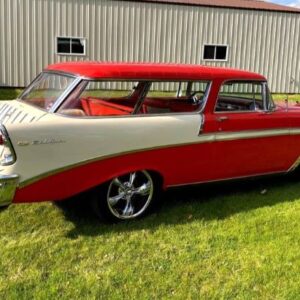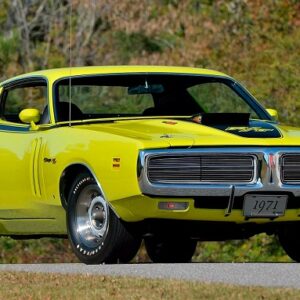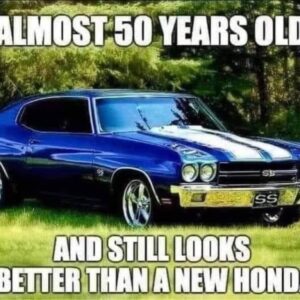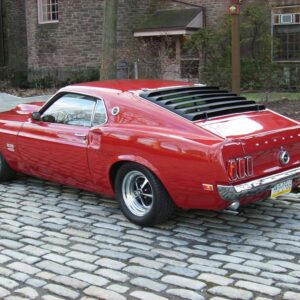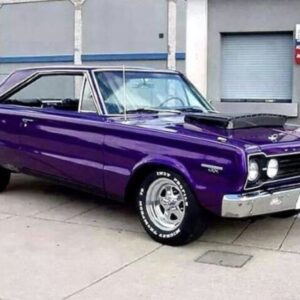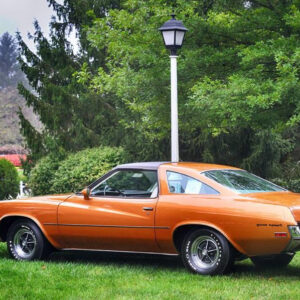If there is one car that defined the 1950s, it is the 1954 Kaiser Darrin. With its sleek and curvy design, fiberglass body, and innovative features, the Kaiser Darrin was ahead of its time. In this article, we will take a closer look at the history, design, and legacy of the 1954 Kaiser Darrin, and explore why it remains an iconic sports car to this day.
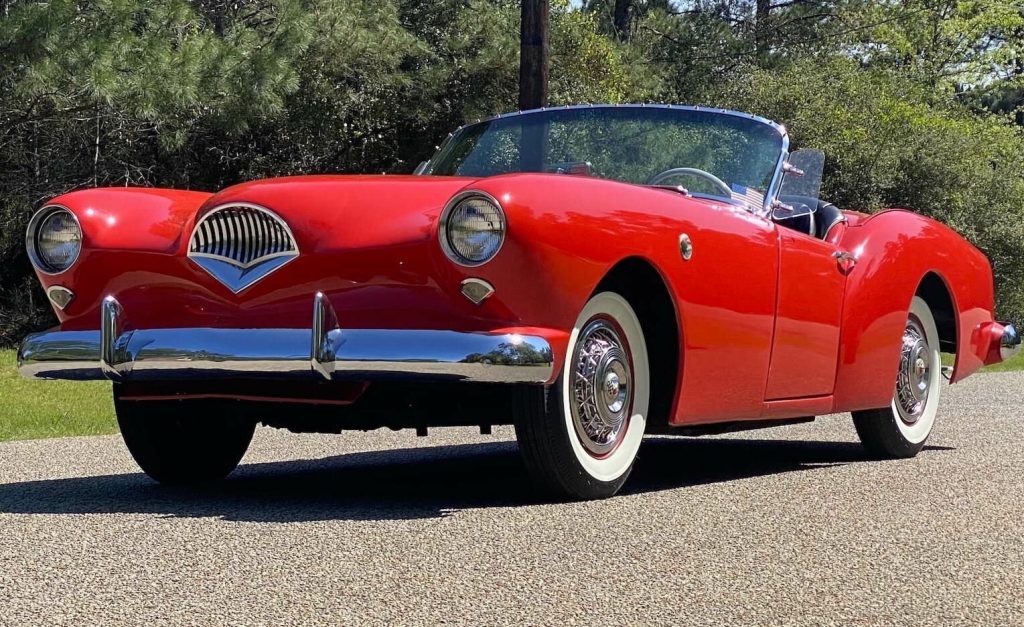

History of the Kaiser Darrin
The Birth of the Kaiser Darrin
The Kaiser Darrin was the brainchild of Howard “Dutch” Darrin, a designer who worked for the Kaiser-Frazer Corporation. In the early 1950s, Darrin saw an opportunity to create a new kind of sports car that would appeal to American buyers. He convinced Henry J. Kaiser, the founder of the Kaiser-Frazer Corporation, to invest in the project, and the Kaiser Darrin was born.
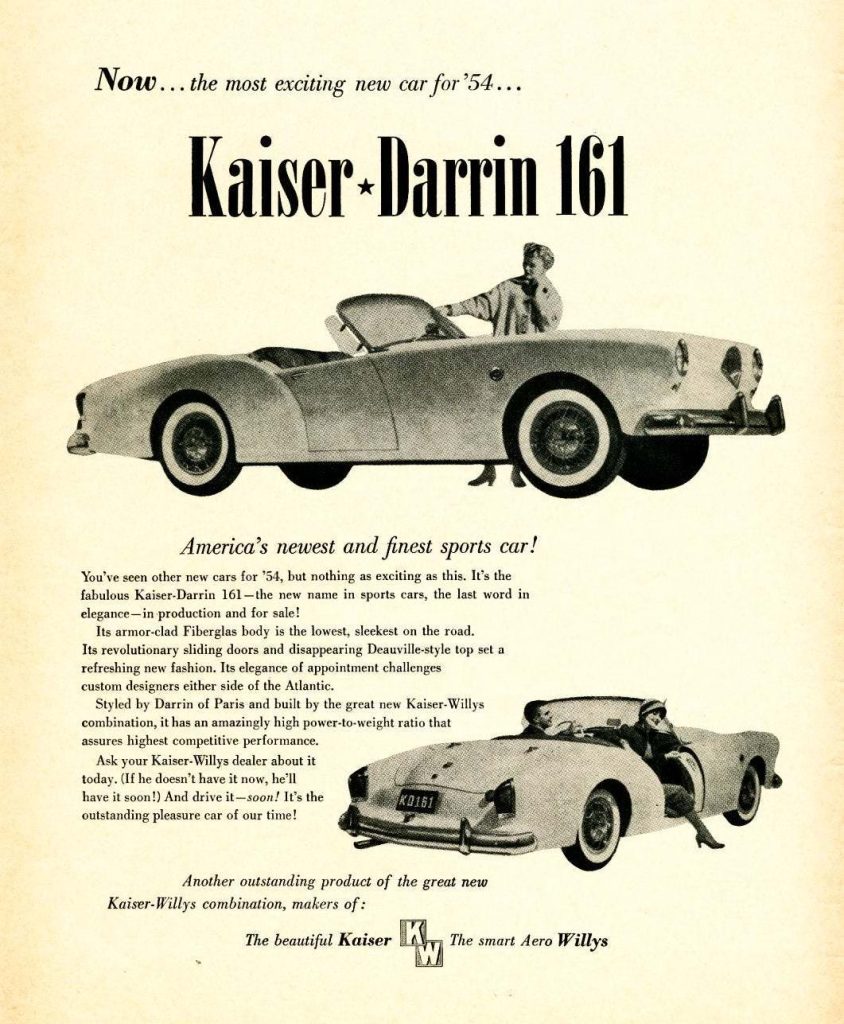

Production and Sales
The Kaiser Darrin was produced for only one year, from 1954 to 1955. During that time, only 435 units were built, making it a rare and sought-after car. The high price tag, combined with competition from other sports cars, limited its sales. However, the Kaiser Darrin’s design and features were ahead of their time, and it remains a beloved classic car among collectors and enthusiasts.
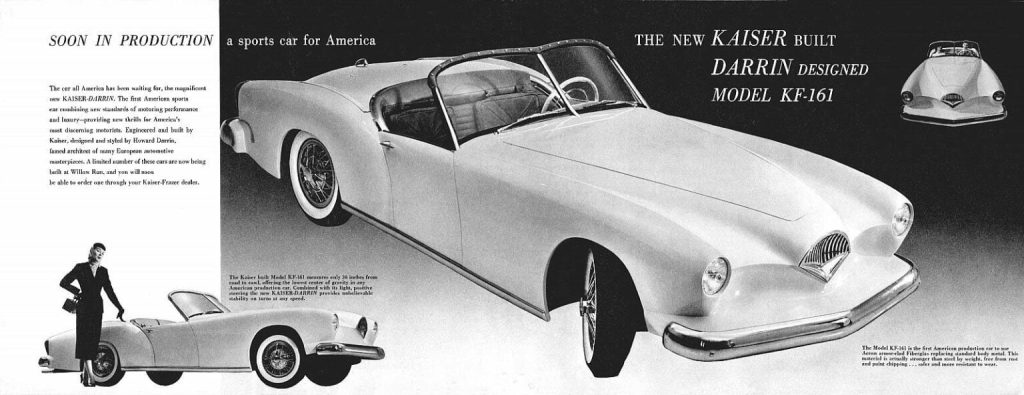

Design of the Kaiser Darrin
Fiberglass Body
One of the most innovative features of the Kaiser Darrin was its fiberglass body. This was a new technology at the time, and the Kaiser Darrin was one of the first cars to use it. The fiberglass body was not only lighter than traditional metal bodies, but also allowed for more creative and curvy designs.
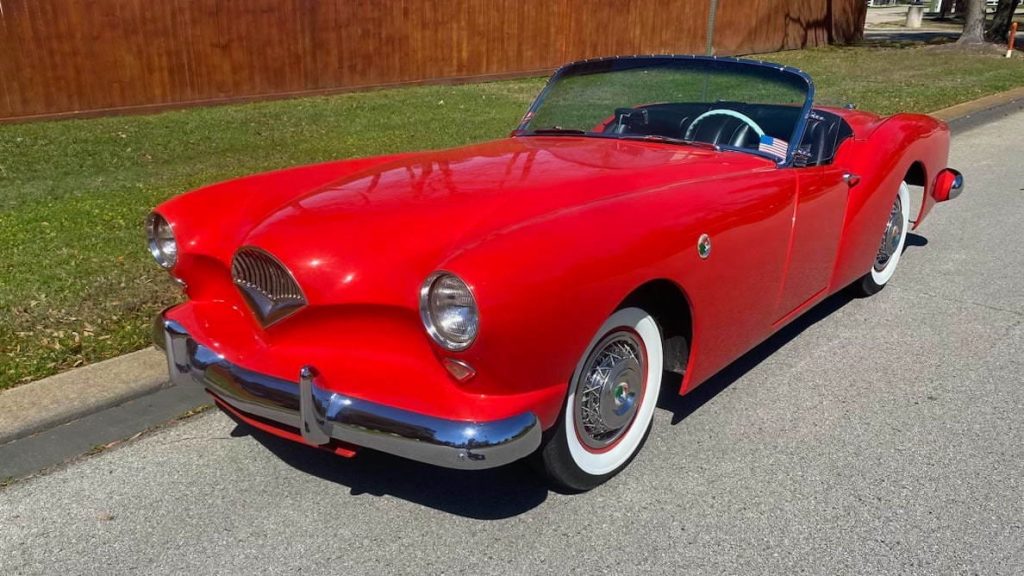

Sliding Doors
Another unique feature of the Kaiser Darrin was its sliding doors. Instead of traditional doors that opened outwards, the Kaiser Darrin’s doors slid forward into the front fenders. This allowed for easier entry and exit from the car, and gave it a futuristic and distinctive look.
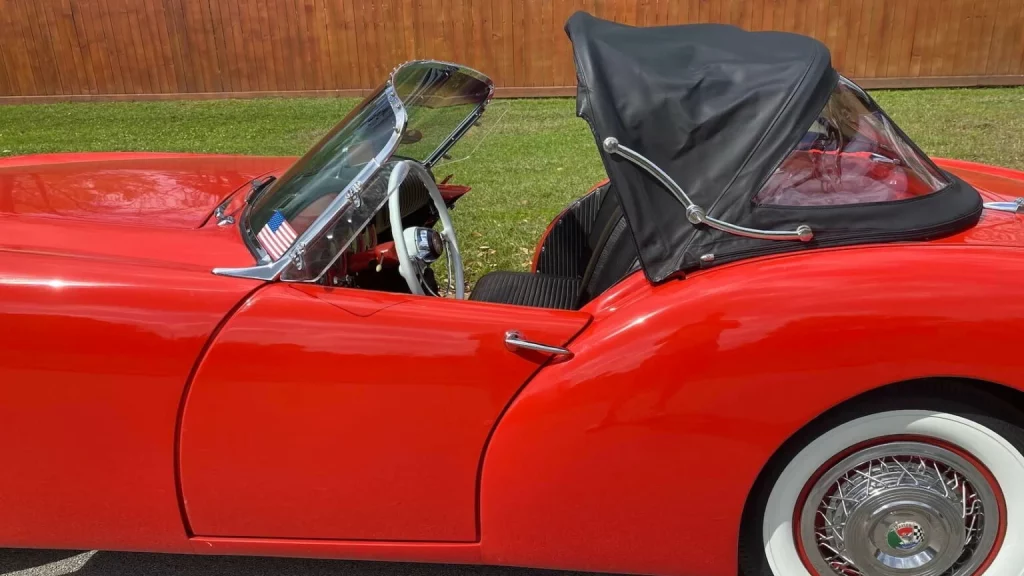

Other Design Features
The Kaiser Darrin’s design was inspired by European sports cars, but also had a distinct American flair. Its sleek lines, long hood, and small grille were reminiscent of classic sports cars, while its curved body and sliding doors were ahead of their time. The Kaiser Darrin was also equipped with a convertible top, giving it an even sportier look and feel.
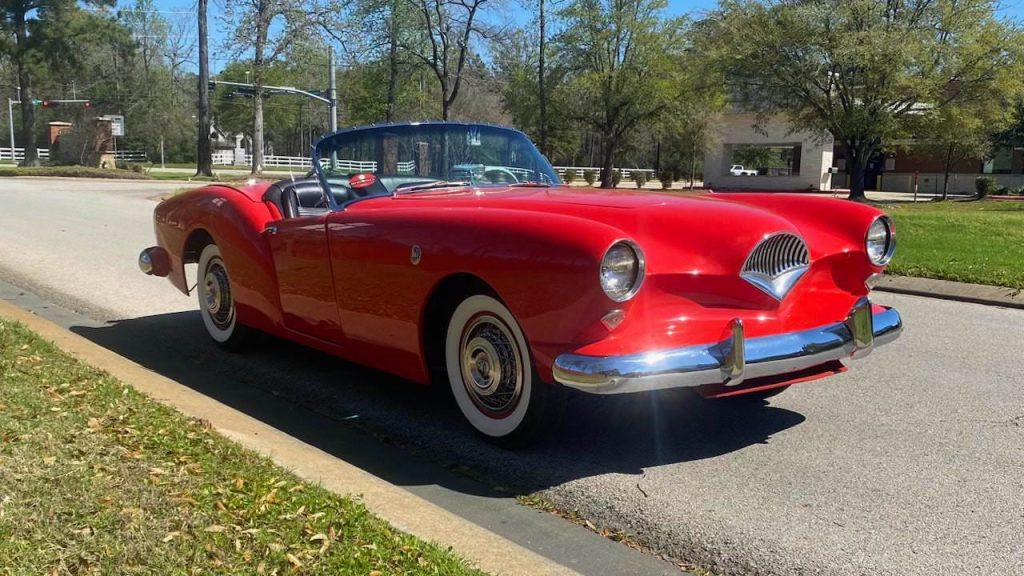

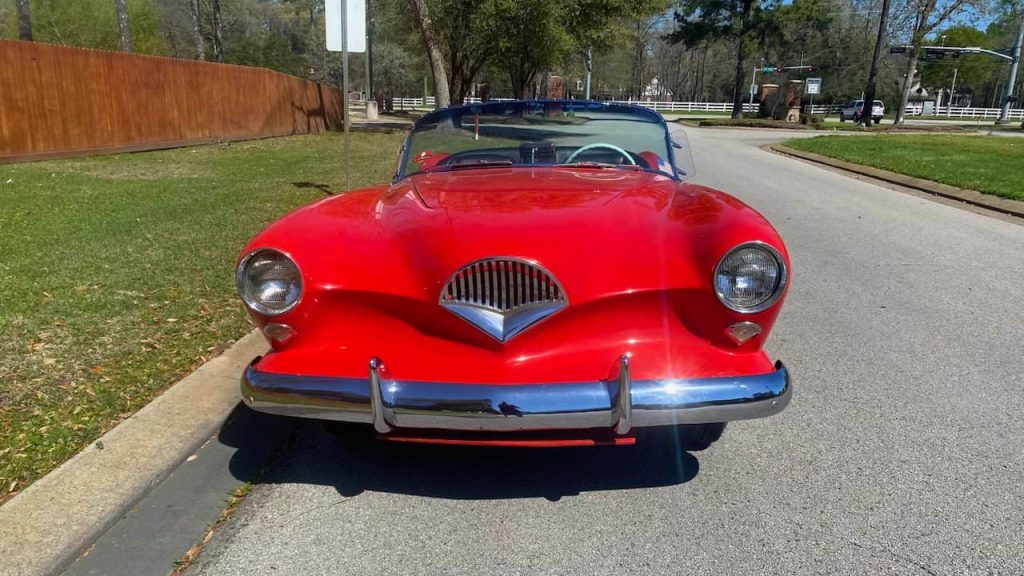

Legacy of the Kaiser Darrin
Influence on Future Cars
The Kaiser Darrin’s design and features were ahead of their time, and influenced future cars in a number of ways. The use of fiberglass bodies became more common in the 1960s and 1970s, and sliding doors are now a feature on many minivans and SUVs. The Kaiser Darrin also paved the way for other American sports cars, such as the Chevrolet Corvette and Ford Thunderbird.
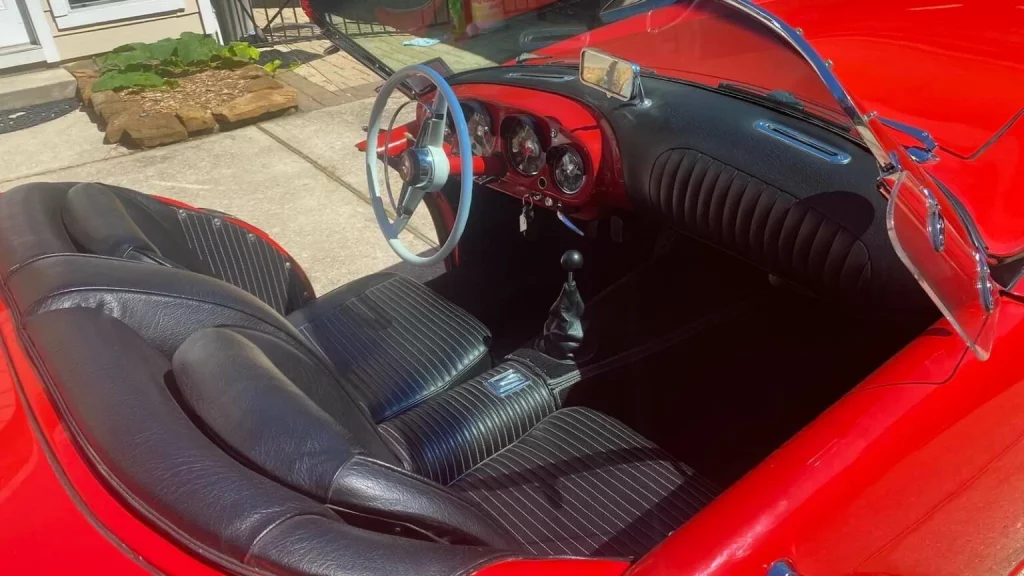

Collector’s Item
Today, the Kaiser Darrin is a rare and sought-after classic car. Its unique design and innovative features make it a prized possession among collectors and enthusiasts. Restored Kaiser Darrins can sell for hundreds of thousands of dollars, making them one of the most valuable sports cars of their era.
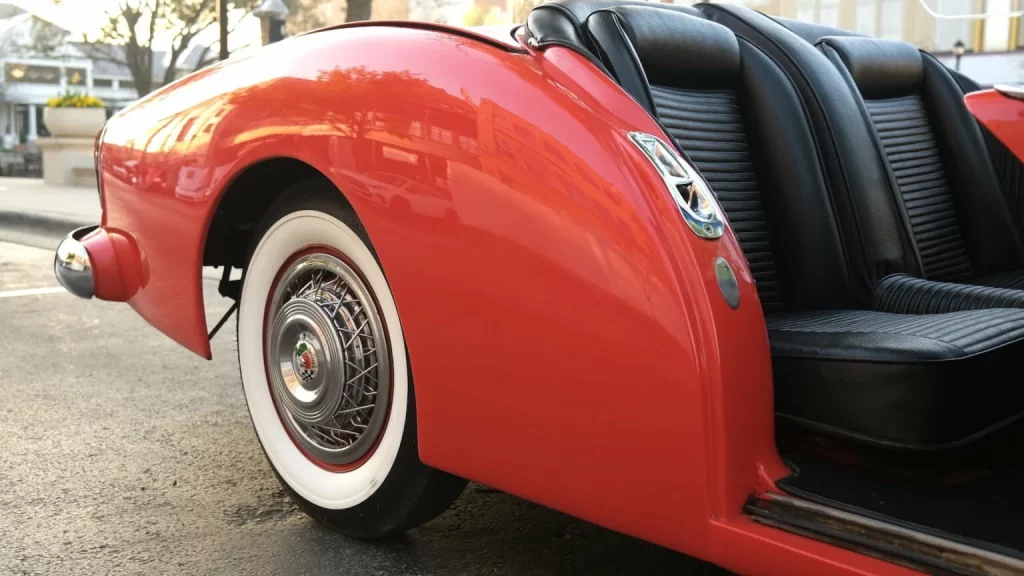

Conclusion
The 1954 Kaiser Darrin was a groundbreaking sports car that defied convention and set a new standard for design and innovation. Its fiberglass body, sliding doors, and sporty convertible top were ahead of their time, and influenced future cars in a number of ways. Although production was limited to just one year, the Kaiser Darrin’s legacy lives on as a beloved classic car that continues to captivate and inspire car enthusiasts around the world.
FAQs
What was the price of a Kaiser Darrin in 1954?
The price of a Kaiser Darrin in 1954 was $3,668, which was quite expensive for the time.
How many Kaiser Darrins were produced?
Only 435 Kaiser Darrins were produced, making it a rare and highly sought-after classic car.
What was the top speed of a Kaiser Darrin?
The top speed of a Kaiser Darrin was approximately 100 miles per hour.
Who designed the Kaiser Darrin?
The Kaiser Darrin was designed by Howard “Dutch” Darrin, who was a renowned automotive designer in the 1950s.
What makes the Kaiser Darrin a unique and influential car?
The Kaiser Darrin was a unique and influential car because of its innovative design features, such as the fiberglass body and sliding doors, which were ahead of their time and influenced future cars. It also helped to establish the American sports car market, paving the way for other iconic cars such as the Chevrolet Corvette and Ford Thunderbird.
Post Views: 19
